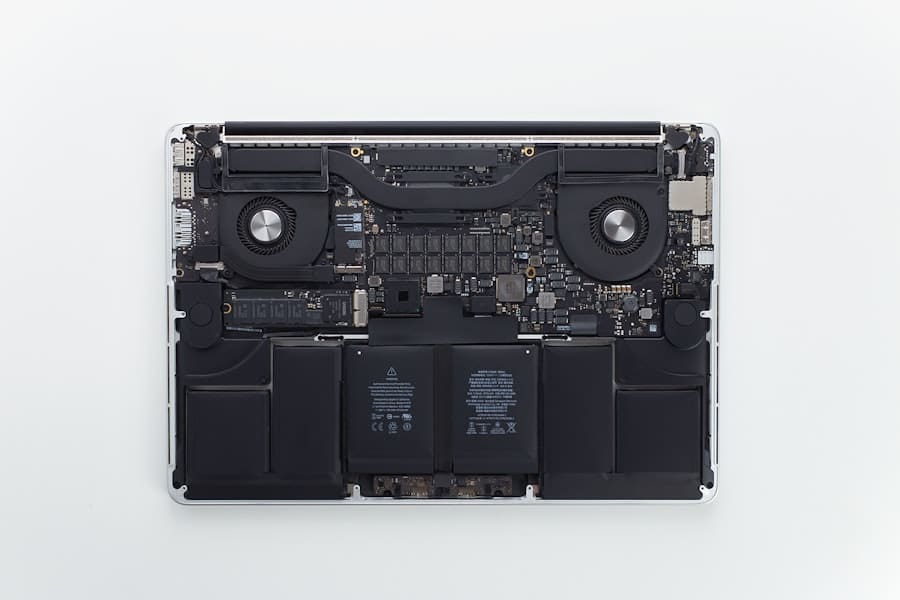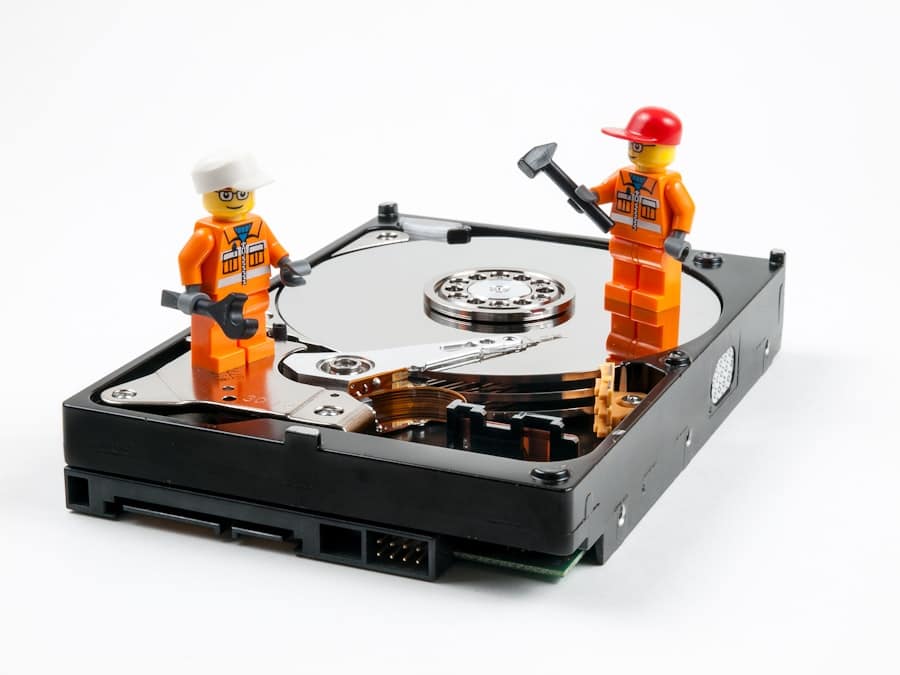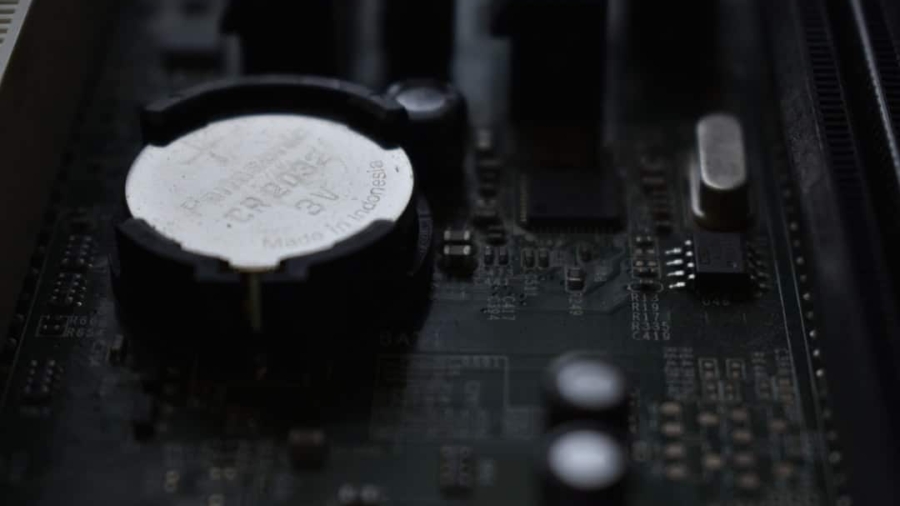Virtual reality (VR) technology has rapidly evolved, offering immersive experiences that transport users into digital realms. However, the effectiveness of these experiences hinges significantly on hardware compatibility. VR headsets, such as the Oculus Rift, HTC Vive, and Valve Index, each have specific requirements that must be met to function optimally.
Understanding these requirements is crucial for users who wish to dive into the world of VR without encountering frustrating compatibility issues. The first step in ensuring hardware compatibility is to familiarize oneself with the specifications of the VR headset in question. For instance, the Oculus Quest 2 operates independently but can also connect to a PC for enhanced performance.
In contrast, the HTC Vive requires a powerful gaming PC to run effectively. Each headset has its own minimum and recommended specifications regarding CPU, GPU, RAM, and even USB ports. Users must ensure that their systems not only meet these specifications but also consider future-proofing their setups to accommodate upcoming VR advancements.
Key Takeaways
- Understanding VR Hardware Compatibility
- Check if your PC meets the minimum system requirements
- Update your graphics drivers to ensure smooth VR experience
- Verify USB and HDMI connections for proper functionality
- Troubleshoot audio issues for immersive VR sound
- Manage power and heating problems for extended VR sessions
- Resolve controller connectivity problems for seamless gameplay
- Seek support from VR manufacturers for any unresolved issues
Checking System Requirements
Before embarking on a VR journey, it is essential to check the system requirements of the chosen headset. This process involves assessing both hardware and software components of the computer or console intended for use with the VR system. Most manufacturers provide detailed guidelines on their websites, outlining the minimum and recommended specifications necessary for optimal performance.
For example, the Valve Index recommends a graphics card equivalent to an NVIDIA GeForce GTX 970 or AMD Radeon R9 290, along with a compatible processor and sufficient RAM. In addition to hardware specifications, users should also consider the operating system requirements. Many VR applications are designed to run on specific versions of Windows or other operating systems.
Updating Graphics Drivers

One of the most critical aspects of maintaining a smooth VR experience is ensuring that graphics drivers are up-to-date. Graphics drivers serve as the communication bridge between the operating system and the graphics hardware, translating software commands into visual output. Outdated drivers can lead to performance issues, graphical glitches, and even crashes during VR sessions.
Therefore, regularly updating these drivers is essential for optimal performance. To update graphics drivers, users can visit the official websites of their GPU manufacturers—NVIDIA, AMD, or Intel—and download the latest drivers tailored for their specific graphics card models. Many manufacturers also offer software utilities that automatically check for updates and install them seamlessly.
For instance, NVIDIA’s GeForce Experience application not only keeps drivers updated but also optimizes game settings based on the user’s hardware configuration. By ensuring that graphics drivers are current, users can significantly enhance their VR experience, reducing latency and improving frame rates.
Verifying USB and HDMI Connections
Proper connectivity is fundamental to a successful VR setup. Most VR headsets require multiple connections to function correctly, including USB ports for tracking sensors and HDMI or DisplayPort connections for video output. Users should verify that all cables are securely connected and that they are using the correct ports on their computers or consoles.
For example, some headsets may require USB 3.0 ports for optimal data transfer speeds, while others may function adequately with USB 2.0. In addition to checking physical connections, users should also ensure that their cables are in good condition. Damaged or frayed cables can lead to intermittent connectivity issues or complete failures in communication between the headset and the computer.
It is advisable to inspect cables regularly and replace them if any signs of wear are detected. Furthermore, users should be aware of potential interference from other devices; for instance, wireless devices operating on similar frequencies can disrupt signal quality, leading to lag or disconnections during gameplay.
Troubleshooting Audio Issues
Audio plays a crucial role in creating an immersive VR experience; however, users often encounter audio-related issues that can detract from their enjoyment. Common problems include no sound output, distorted audio, or audio lag. To troubleshoot these issues effectively, users should first check their audio settings within both the VR software and the operating system.
Ensuring that the correct audio output device is selected is essential; sometimes, the system may default to a different output source than intended. If audio issues persist after verifying settings, users should consider checking their headset’s audio connections. Many VR headsets come equipped with built-in headphones or require external audio devices for sound output.
Ensuring that these devices are properly connected and functioning is vital. Additionally, users should test audio output through other applications to determine whether the issue lies within the VR software or is a broader system problem. If all else fails, restarting both the headset and the computer can often resolve temporary glitches that may be affecting audio performance.
Managing Power and Heating Problems

VR headsets can be demanding on hardware resources, leading to increased power consumption and heat generation during extended use. Users may experience performance drops or even system shutdowns if their hardware overheats or if power supply issues arise. To mitigate these risks, it is essential to monitor system temperatures and ensure adequate cooling solutions are in place.
One effective strategy for managing heat is to ensure proper ventilation around the computer and VR equipment. Users should avoid placing their systems in enclosed spaces where airflow is restricted. Additionally, using cooling pads or fans can help dissipate heat more effectively during long gaming sessions.
It’s also advisable to take regular breaks during extended VR use; not only does this help prevent overheating but it also allows users to rest their eyes and reduce fatigue. Power supply considerations are equally important; users should ensure that their power supply units (PSUs) are capable of handling the demands of their hardware setup. A PSU with insufficient wattage can lead to instability during high-performance tasks like gaming in VR.
Checking the PSU’s specifications against the total power requirements of all connected components can help prevent power-related issues.
Resolving Controller Connectivity Problems
Controllers are integral to navigating virtual environments effectively; however, users may encounter connectivity problems that hinder gameplay. These issues can manifest as unresponsive controllers or difficulty pairing them with the headset. To resolve such problems, users should first ensure that their controllers are charged adequately; low battery levels can lead to intermittent connectivity or complete disconnection.
If charging does not resolve the issue, users should attempt to re-pair their controllers with the headset. This process typically involves following specific instructions provided by the manufacturer; for instance, many headsets require users to press a designated pairing button on both the controller and headset simultaneously. Additionally, checking for firmware updates for both the headset and controllers can help resolve compatibility issues that may arise from outdated software.
In some cases, interference from other wireless devices can disrupt controller connectivity. Users should minimize potential sources of interference by turning off nearby devices that operate on similar frequencies or by moving closer to the headset’s base station if applicable. By systematically addressing these potential issues, users can restore functionality to their controllers and enhance their overall VR experience.
Seeking Support from VR Manufacturers
When all troubleshooting efforts fail to resolve persistent issues, seeking support from VR manufacturers becomes essential. Most reputable manufacturers offer customer support services through various channels such as online chat, email support, or dedicated helplines. Users should gather relevant information about their hardware setup and any error messages encountered before reaching out for assistance; this preparation can expedite the troubleshooting process.
Additionally, many manufacturers maintain extensive online knowledge bases or community forums where users can find solutions to common problems encountered by others in similar situations. Engaging with these resources can provide valuable insights and tips from experienced users who have navigated similar challenges. Furthermore, manufacturers often release firmware updates or patches that address known issues; staying informed about these updates can help users maintain optimal performance over time.
In conclusion, navigating the complexities of VR hardware compatibility requires a proactive approach involving thorough checks of system requirements, regular updates of drivers and firmware, and diligent troubleshooting of connectivity and audio issues. By understanding these elements and utilizing available support resources effectively, users can enhance their virtual reality experiences significantly while minimizing frustration associated with technical difficulties.
When dealing with VR hardware compatibility issues, it’s essential to have a structured approach to troubleshooting. A related article that might provide valuable insights is To Buy Time for a Failing Startup, Recreate the Engineering Process. This article discusses the importance of revisiting and refining engineering processes, which can be crucial when addressing complex technical challenges such as VR hardware compatibility. By understanding and applying systematic engineering principles, you can more effectively identify and resolve the root causes of compatibility issues, ensuring a smoother VR experience.
FAQs
What are VR hardware compatibility issues?
VR hardware compatibility issues refer to problems that arise when trying to use virtual reality (VR) hardware with a specific device or software. These issues can prevent the VR hardware from functioning properly or at all.
What are some common VR hardware compatibility issues?
Common VR hardware compatibility issues include problems with connecting the VR headset to the computer, issues with the VR software recognizing the hardware, and conflicts between the VR hardware and other devices or software on the computer.
How can I troubleshoot VR hardware compatibility issues?
To troubleshoot VR hardware compatibility issues, you can start by checking the system requirements for the VR hardware and ensuring that your computer meets those requirements. You can also update your graphics drivers, USB drivers, and VR software to the latest versions. Additionally, you can try using different USB ports or connecting the VR hardware to a different computer to see if the issue persists.
What should I do if I encounter VR hardware compatibility issues?
If you encounter VR hardware compatibility issues, you can reach out to the manufacturer of the VR hardware for support. They may have specific troubleshooting steps or updates that can help resolve the compatibility issues. You can also search online forums and communities for others who may have encountered similar issues and found solutions.

